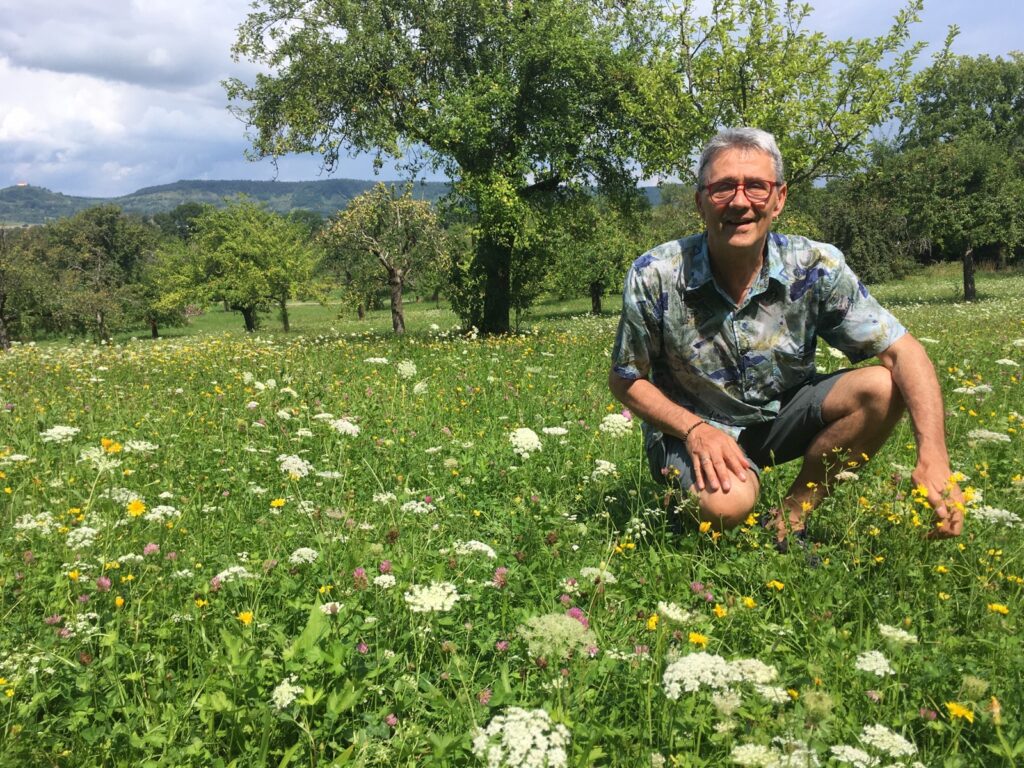More important than ever
Inspiring people for biodiversity by transforming weeds into healing herbs
An agreement to protect global biodiversity (Convention on Biological Diversity, CBD) was reached at the UNCED (United Nations Conference on Environment and Development) in Rio de Janeiro in 1992. Biodiversity is often understood to only mean diversity of species (number of different species) and is usually rendered in this way by automatic translation programmes, but biodiversity is more than this:
- Diversity of species: number of different species
- Genetic diversity within species
- Diversity of habitats, e.g. biotopes

During my herbal tours, I show how important the variety of species is. Professionally, I work at the municipal environmental office, where the biotope network planning is currently being implemented as a major project. My aim is to improve habitats by connecting isolated biotopes with each other.
A wonderful example of biodiversity is the neglected grassland, where a multitude of different flowers provide a kaleidoscope of colours. By neglected grassland I mean an extensively utilised meadow that is low in nutrients, but has a high diversity of plant and animal species – in Germany it is called „Magerwiese“, literally translated as nutrient-poor meadow.














